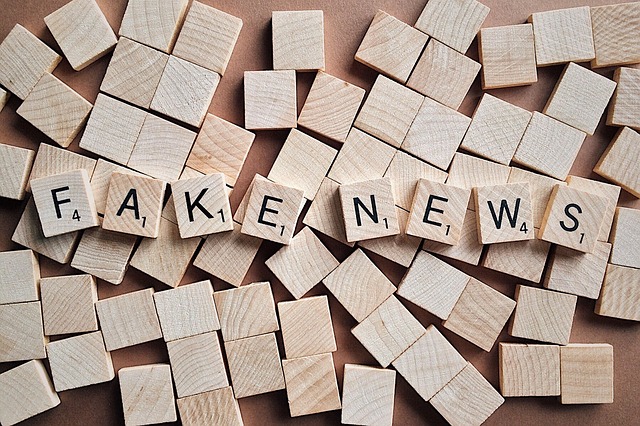It’s been over a year since Donald Trump was elected US President. While the jury is figuratively out on the involvement of Russia in the outcome of the election, both Democrats and Republicans have lamented the “fake news” on both sides of the aisle. Some have criticized mainstream media outlets for fake news while others have criticized Facebook and Google for its spread. A year seems like enough time to step back and ask what the implications are: as marketers, what should we be concerned about?
Clearly, most marketers aren’t involved in partisan politics, but the new distrust among citizens of all stripes of what is served up by mainstream and new media hurts big brands. Large companies are not exactly the most trusted sources of information, and if their media surrogates can’t be trusted either, what is a brand to do?
While CNN broadcasts commercials explaining that they know what an Apple is, and Google and Facebook announce new ways to reduce the spread of fake news, it’s fair to wonder how this new and unique historical situation has come about. Except that it isn’t all that unique. Sure, we’ve never had this technology before, but the truth is that technology that distributes news has frequently been associated with less-than-accurate reporting.
The rise of importance of newspapers led to yellow journalism in the 19th century. Sure, today we revere the Pulitzer Prize as the epitome of high standards in journalism, but Joseph Pulitzer and William Randolph Hearst had an epic economic battle back in the good old days.
The rise of radio led to the likes of Father Coughlin, the fiery Catholic priest and anti-Semite. But the US had it easy, as many believe that radio was a key way that dictators such as Adolf Hitler and Benito Mussolini rose to power—and consolidated it.
Television brought us Joe McCarthy, but it also brought us Edward R. Murrow. And this is what even old folks like me remember. Three TV networks in the US. Because there were so few networks, there was more than enough money to go around and to fund good journalism. It wasn’t the free-for-all of a dozen newspapers in a big city or just as many radio stations—all fighting each other. Three TV networks had a very lucrative business and could afford good journalism.
But what we all think of as the norm—high-minded journalism—is actually the aberration. Once cable came in, we started to see criticism of cable news networks as being biased. Social media and other fractured digital channels have led to even more partisanship and criticism. And we hope that AI and other technology will save us—and maybe it will.
But color me skeptical. To me, the commercial imperative has led to this kind of fake news. We all lamented that TV viewers preferred wrestling to opera, but the truth is that commercial media leads to giving the public what it wants. And the more competitors—newspapers, radio stations, TV networks, websites—the more extreme the content needs to be to get attention.
Will AI make a difference? It might. Maybe AI can cut through the veracity problem. Years ago, Cornell researchers proved that fake product reviews could be detected. So could Facebook and Google succeed at identifying trust factors? Sure. But what might be needed is not better technology, but a change in attitude by we, the people. We need to actually appreciate facts.
Daniel Patrick Moynihan once said that, “Everyone is entitled to his own opinion, but not his own facts.” If we could figure out how to get people to care about verifiable facts, then maybe this can change. But we have a history of buying fake news that goes back over a hundred years, so I am dubious that this is a technical problem.
And what does it mean for marketers? It might be more important for your customers to talk about you than ever, because people won’t believe you. It might be more important for you to use verifiable facts than ever, because people expect you to exaggerate or even outright lie.
What do you think the implications are? I’d love to hear from you.




